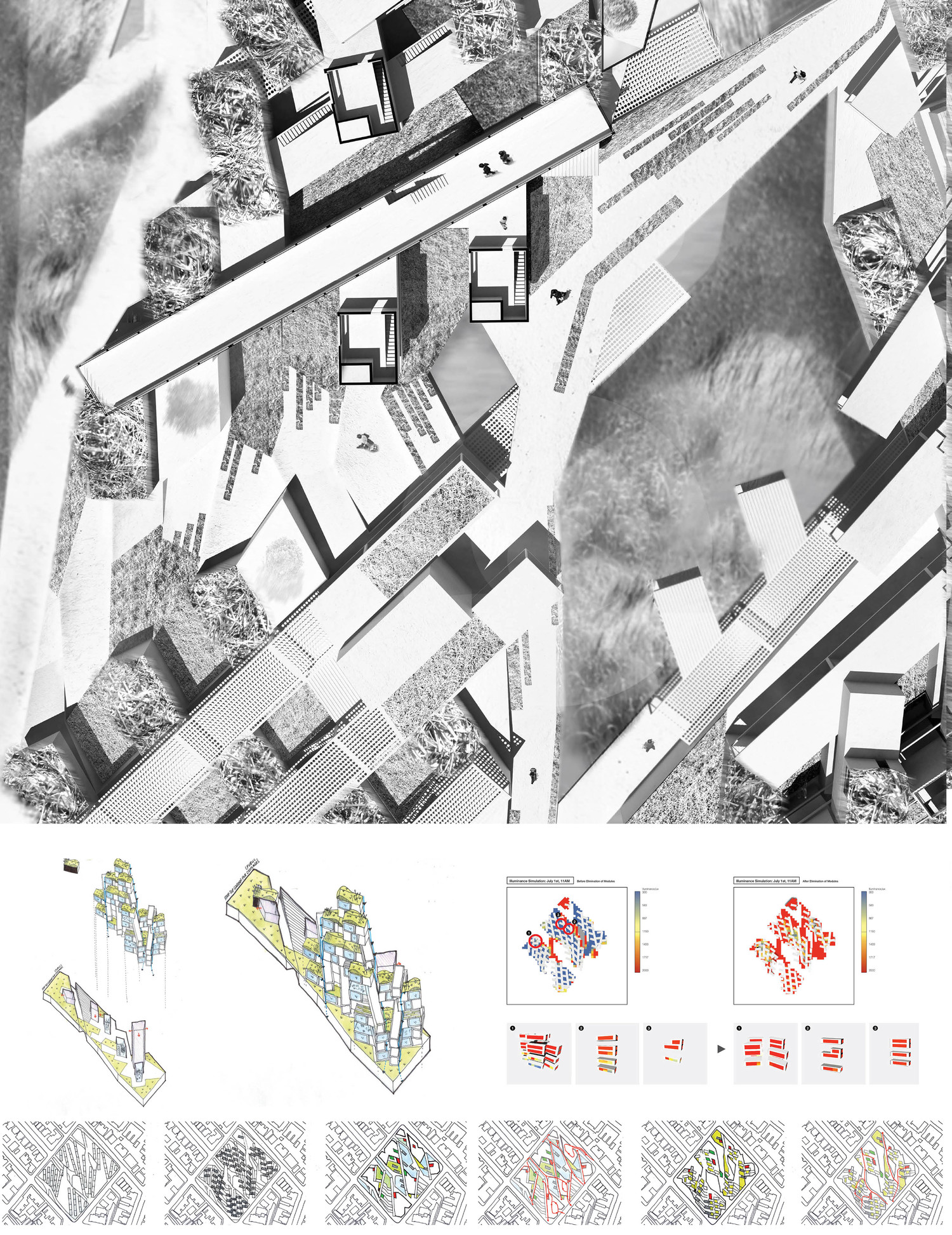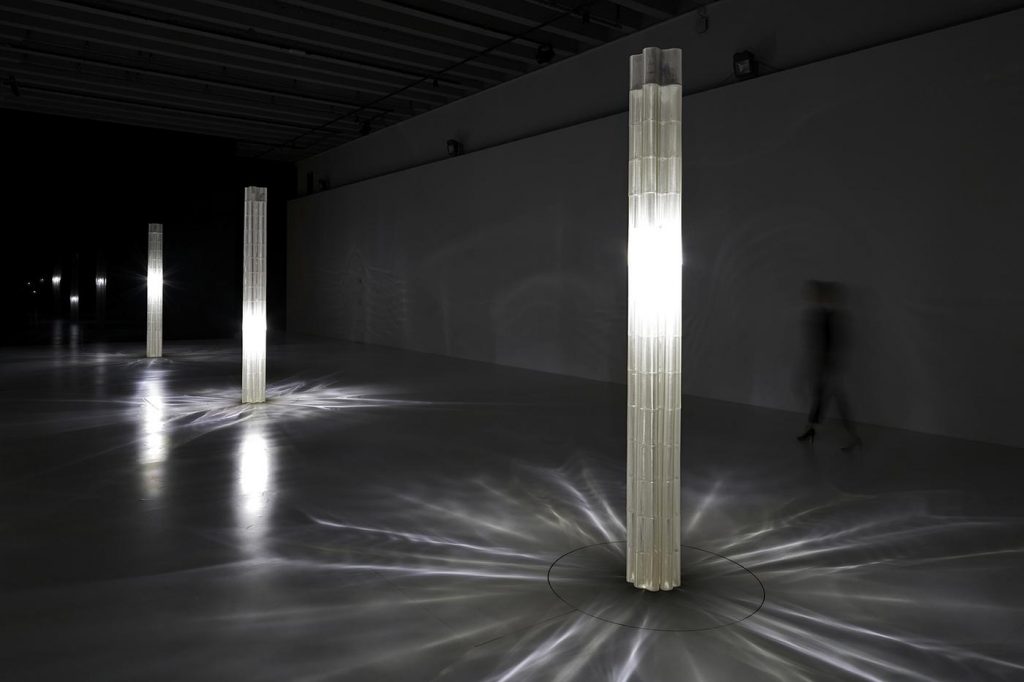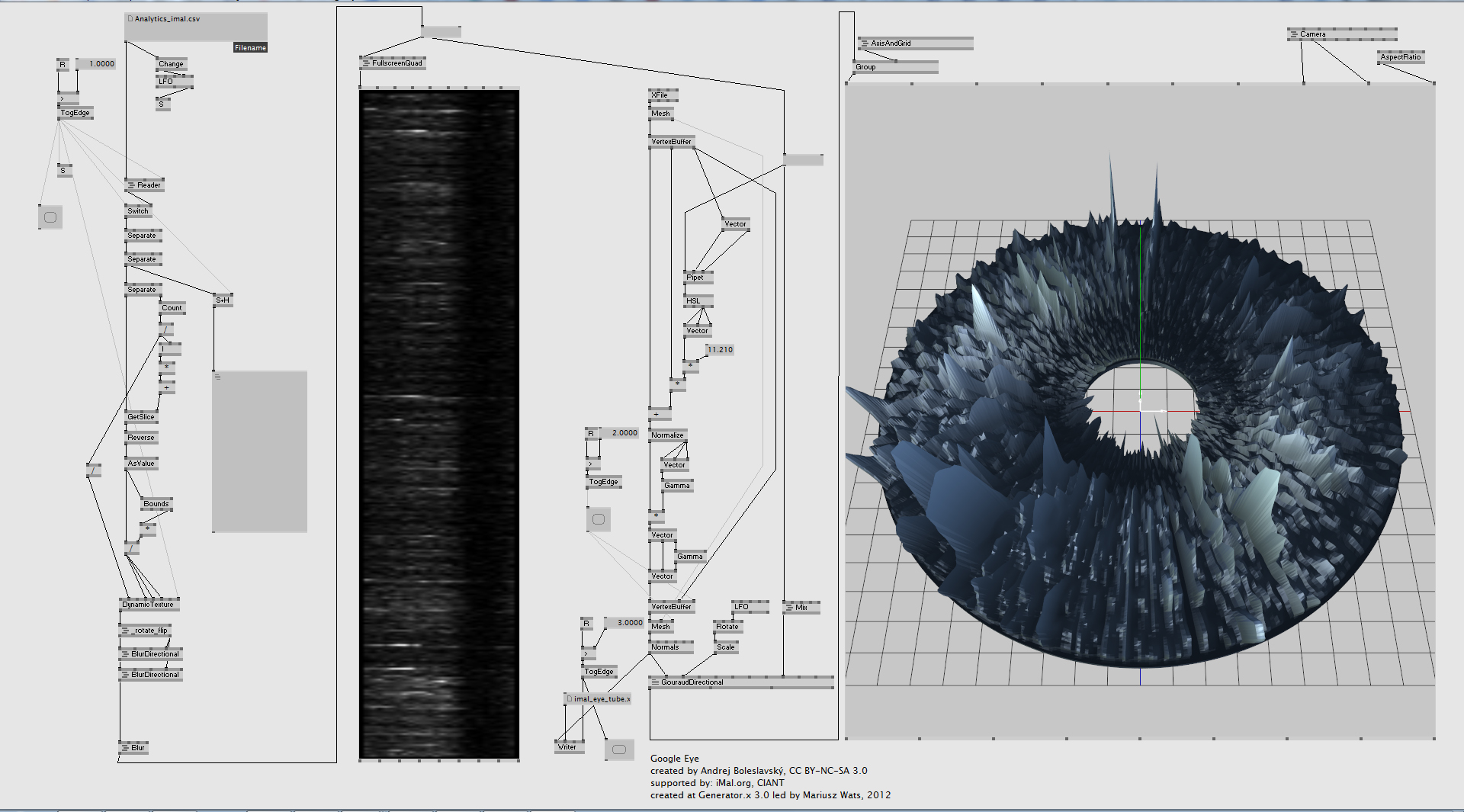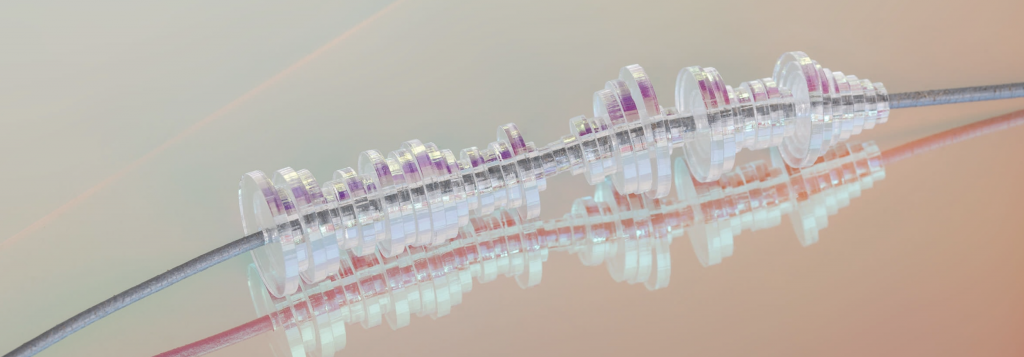I am inspired by Elisa Stroyk’s “Wooden Carpet” (2009) because of the fascinating form, which is a hybrid surface that combines textiles and furniture. The form and material highly contrast each other, as a rug is typically thought of as soft and flexible while wood is more rigid and hard. I think that the way that these properties have blended in this project is quite interesting. In terms of the technical creation of the work, I believe that the geometric shapes were algorithmically developed, laser-cut out of wood, and then bonded to a textile backing.
Stroyk’s work is driven by her interest in material and presumptions about material, rethinking form and function in everyday objects. The flexibility and modularity of this project reflect that though parametric 3D fabrication involves rules, there are infinite possibilities and combinations.


![[OLD FALL 2020] 15-104 • Introduction to Computing for Creative Practice](../../../../wp-content/uploads/2021/09/stop-banner.png)











